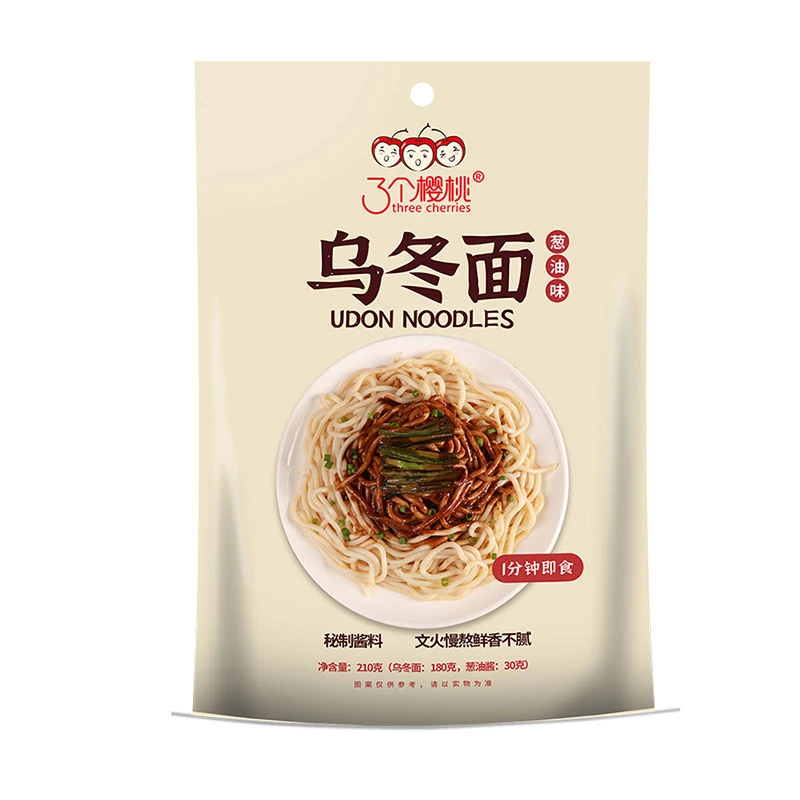making fresh pasta
Making Fresh Pasta A Culinary Delight
Making fresh pasta at home is not only a rewarding culinary experience but also a pathway to embracing traditional Italian cooking. While it may seem intimidating at first, the process is relatively simple, requiring just a few ingredients and some basic techniques. This article will guide you through the steps to create fresh pasta, along with tips and suggestions to enhance your culinary adventure.
The Basics of Pasta Making
At its core, fresh pasta consists of two primary ingredients flour and eggs. The most common flour used for pasta is ‘00’ flour, which is finely milled and creates a silky texture. However, all-purpose flour can also be used if you don’t have access to ‘00’ flour. The ratio typically used is about 100 grams (approximately 3.5 ounces) of flour to one large egg. This ratio can be adjusted based on the desired quantity and texture.
Tools You'll Need
Before you start, gather the necessary tools 1. A clean workspace or large cutting board. 2. A rolling pin (or a pasta machine for more convenience). 3. A knife or pasta cutter for shaping the pasta. 4. A fork or dough scraper. 5. Plastic wrap to rest the dough.
Step-by-Step Guide to Making Fresh Pasta
1. Create the Dough - Start by measuring out your flour and mounding it on your clean work surface. Make a well in the center of the flour mound. - Crack the eggs into the well and whisk them gently with a fork, gradually incorporating the flour from the edges of the well. Continue until the mixture becomes too firm to mix with a fork.
2. Knead the Dough - Bring the dough together with your hands and begin kneading it. Kneading is crucial as it develops the gluten, giving the pasta its structure. - Knead for about 10 minutes until the dough is smooth and elastic. If the dough feels sticky, sprinkle a little flour; if it’s too dry, add a small amount of water.
making fresh pasta

3. Rest the Dough - Once kneaded, shape the dough into a ball and wrap it in plastic wrap. Let it rest for at least 30 minutes at room temperature. This resting period relaxes the gluten, making it easier to roll out later.
4. Roll Out the Dough - After resting, divide the dough into smaller portions to make it easier to manage. Flatten one piece slightly. - If you’re using a rolling pin, roll it out to your desired thickness (typically about 1/16 inch). If using a pasta machine, start with the widest setting and gradually decrease the thickness.
5. Cutting the Pasta - Once rolled out, you can cut the pasta into your preferred shapes, whether it’s fettuccine, tagliatelle, or lasagna sheets. Use a sharp knife or a pasta cutter for clean edges. - Dust the cut pasta with a little flour to prevent sticking.
6. Cooking Fresh Pasta - Fresh pasta cooks quickly—usually in just 2-4 minutes—so keep an eye on it to avoid overcooking. Boil a pot of salted water and gently drop the pasta in. When it floats to the surface, it’s usually ready to be drained.
Sauces and Pairings
Fresh pasta pairs beautifully with a variety of sauces. A simple olive oil and garlic sauce, a rich homemade marinara, or a creamy alfredo can elevate your dish. For a touch of elegance, toss your pasta with sautéed vegetables, fresh herbs, and a sprinkle of cheese.
Conclusion
Making fresh pasta is a delightful process that connects you to the traditions of Italian cooking. While it may require a bit of practice, the satisfaction of creating your own pasta is unparalleled. Whether served with a simple sauce or a more elaborate recipe, fresh pasta can be a centerpiece of any meal. So gather your ingredients, roll up your sleeves, and dive into the art of pasta making—your taste buds will thank you!
-
Unlock the Delicious Potential of Yam NoodlesNewsAug.11,2025
-
The Authentic Taste of Lanzhou NoodlesNewsAug.11,2025
-
Savor the Art of Hand Pulled NoodlesNewsAug.11,2025
-
Indulge in the Timeless Delight of Spaghetti BologneseNewsAug.11,2025
-
Indulge in the Rich Flavor of Braised Beef NoodlesNewsAug.11,2025
-
Elevate Your Meals with the Magic of Fresh PastaNewsAug.11,2025
-
Unleash Your Inner Chef with Delectable Italian Pasta CreationsNewsAug.01,2025
Browse qua the following product new the we

















































































































